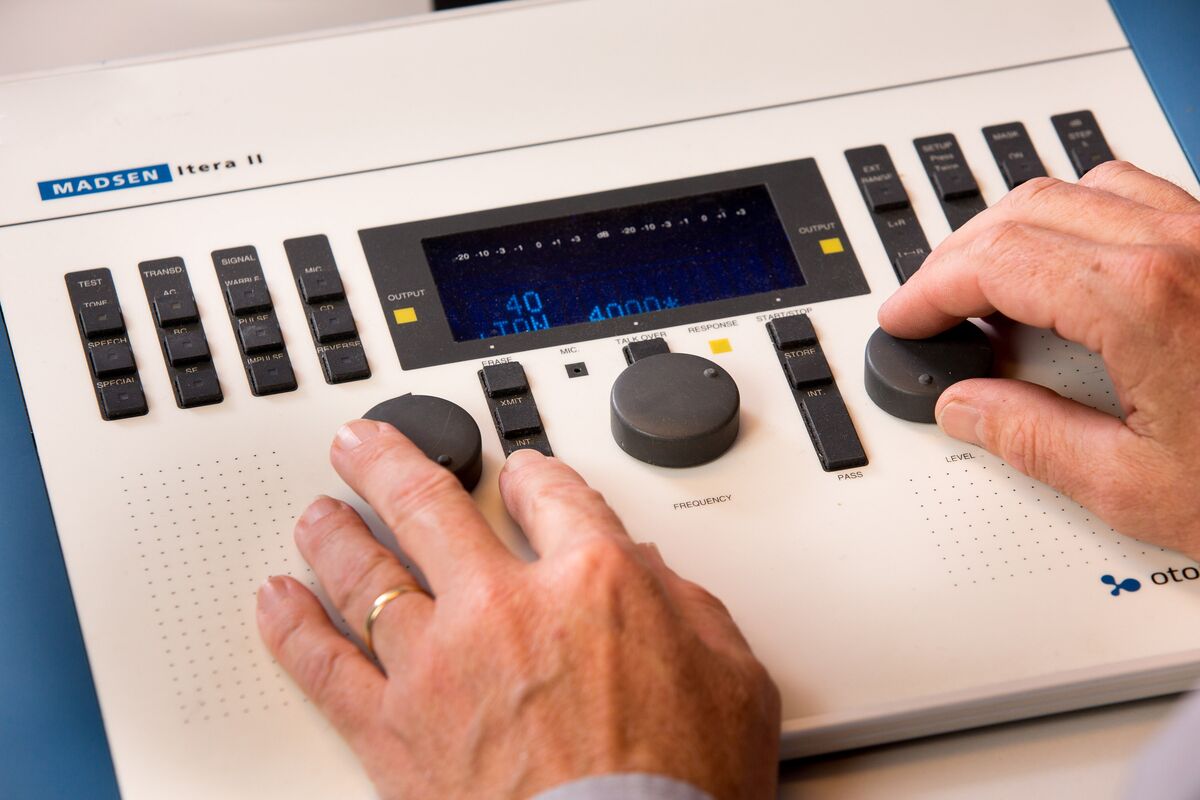Mixed hearing loss is a combination of sensorineural and conductive hearing loss.
A person would have a blockage or damage in their middle ear, as well as damaged inner-ear hair cells. This means they are unable to transmit information to the brain properly.
The impact and degree of mixed hearing loss can range from mild to severe. The causes of mixed hearing loss are as diverse as the separate causes of sensorineural and conductive loss.
Both people described in the examples below present characteristics of mixed hearing loss, or a combination of conductive and sensorineural hearing loss.
Examples of mixed hearing loss
Example 1
A person who frequently attends loud concerts and then develops noise-induced hearing loss also develops an ear infection later that year.
Example 2
A person who experiences natural, age-related hearing loss also has a perforated eardrum caused by direct trauma.
Since most types of conductive hearing loss are treatable, an ear, nose and throat (ENT) specialist will treat the conductive factor first. Once this is treated, the sensorineural component is treated.
As sensorineural hearing loss is often permanent and irreversible, the use of hearing aids is the next course of action. When hearing aids are insufficient, other alternatives may be used. These include cochlear implants, direct bone conduction systems and other hearing technologies.
If you or someone you know is experiencing hearing loss or other hearing-related symptoms, it is important to learn more about it. Schedule an appointment with a qualified, licensed and accredited specialist who can provide a proper evaluation.





